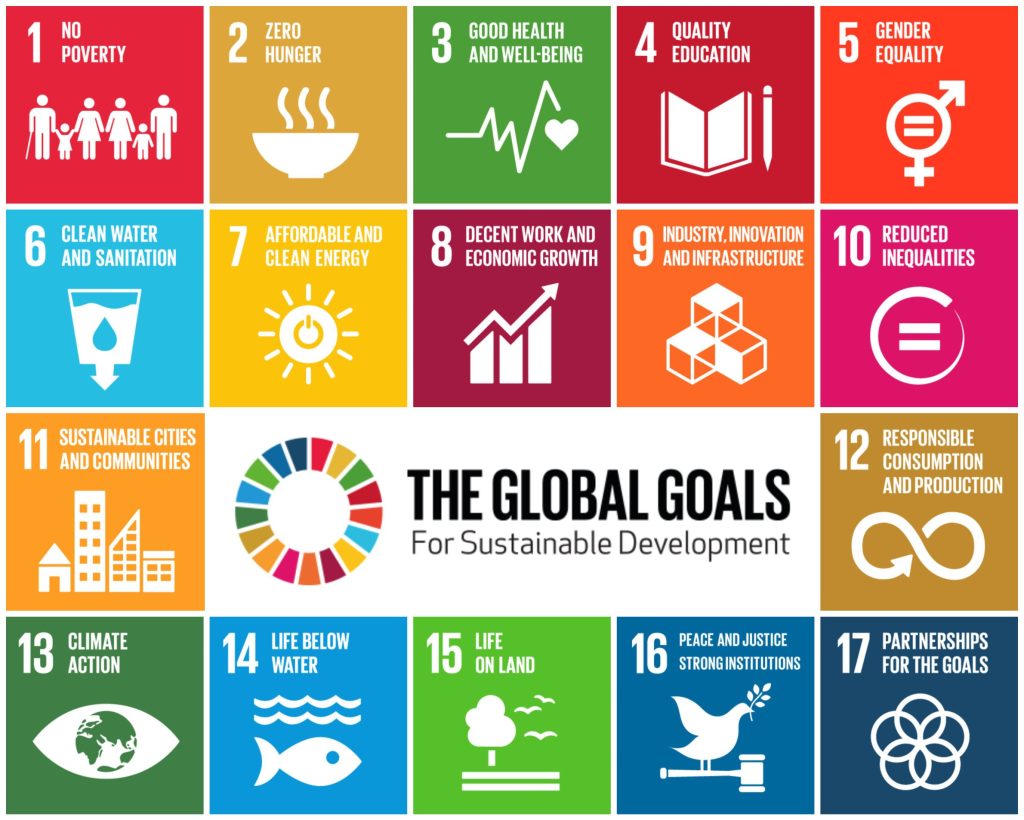Odisha maps 36% Budget for SDG to accelerate to goals

By Pradeep Kumar Panda
Bhubaneswar, April 7: Sustainable Development Goals (SDGs) are globally agreed upon, non-negotiable 17 goals and 169 targets representing a blueprint for the achievement of a better and more sustainable future for all by 2030 with the commitment of ‘Leaving No One Behind’.
These goals and targets have been formulated in keeping with the key challenges that the world is facing, such as poverty, hunger, inequality, climate change, unemployment, etc. India, being one of the prime signatories of the SDGs, has implemented these as the guiding principle for the country’s future development strategy.
The country has made significant progress towards the realization of these, including the development of an SDG localization model centred around adoption, implementation and monitoring of these goals at various levels (State and district levels). India has also developed a National Indicators Framework, SDG India Index and SDG India dashboard for monitoring progress on SDG goals and targets.
The accomplishment of these SDGs requires the provincial government’s commitment towards adequate and judicious allocation of funds in priority sectors, improvement in the quality of spending and other resources. The state of Odisha is a frontrunner among major Indian states in introducing far-reaching reforms in budgeting and governance over the two past decades.
The State’s budget for FY2023-24 captures people’s aspiration for a ‘New Odisha, Empowered Odisha’ by transforming ‘reactive governance’ to ‘proactive governance’. Odisha has undertaken and initiated numerous positive initiatives for the realization of SDGs in the state – integrating these into the state’s overall budget planning process, thereby, making it more comprehensive and dynamic.
The Planning and Convergence (P&C) Department of the Government of Odisha is mandated with the task of coordinating the evaluation and monitoring of SDGs by adopting a synergistic approach, involving various other key stakeholders.
The state government has undertaken an exhaustive mapping of various SDG targets and indicators against the relevant government schemes and programmes (centre and state sector schemes, centrally sponsored schemes) by bringing together economic, social and environmental aspects.
The Government of Odisha has also developed the Odisha SDG Indicator Framework (OSIF) for monitoring the progress of various SDGs goals and targets through mapping of outcome, output and process indicators. Further, the state is in the process of establishing a baseline for the indicators. The approach, to date, is meaningful in paving the path towards achieving the said goals.
The latest SDG India Index (2020-21) prepared by the NITI Aayog, Government of India, situates the state of Odisha among few states in India identified as the fastest movers (performer state) in achieving certain goals. The motivation behind such an assessment is to recognise and reinforce the levels of commitment of the state governments towards accomplishing SDG goals and targets and in obtaining an assessment of the required investment to achieve the 2030 SDG goals.
Gauging the requirement of funds towards materialising these goals may be necessary but not sufficient as prioritization and allocation by the state is equally important. In other words, mainstreaming and accelerating efforts of state governments remains vital for the SDG agenda. Prior to 2015, the state of Odisha’s performance in the Millennium Development Goals (MDGs) from 2000 to 2015 was noteworthy, particularly with respect to socio-economic development.
From 2018-19 to 2020-21, Odisha has registered overall improvement in terms of increase of six points. Affordable and Clean Energy (SDG 7), Sustainable Cities and Communities (SDG 11), Responsible Consumption and Production (SDG 12) and Life Below Water (SDG 14) contributed most to the incremental points. As per SDG India Index (2020-21), Odisha is ranked in Front Runner Category in 9 goals namely SDG 3, SDG 6, SDG 7, SDG 10, SDG 11, SDG 12, SDG 13, SDG 14 and SDG 15.
The state’s performance over the years as depicted in SDG India Index is impressive given the number of targets in which the state has moved from aspirant status to the performer and front-runner status. This apparent shift towards better status in almost all goals excepting 6 out of 16 reflects the success in compliance to SDGs in the state.
Finance and P&C Department in collaboration with all other departments, the state has evolved the preparation of a comprehensive mapping matrix between goals and their associated schemes and programs implemented by the various departments and agencies.
This approach is undoubtedly helpful in improving the OSIF for SDGs and in identifying prospects for further convergence and co-implementation of schemes and programmes, thereby, enabling the process of charting responsibilities of initiatives across departments and in monitoring progress clearly and state has recently launched OSIF 2.0.
The state has brought out its first SDG based budgeting policy document in FY 2021-22. The Odisha SDGs Budget document offers an overview of the approach of budget planning and management process for SDGs in terms of identifying alignment of its financial allocation with the goals, their achievement, and the challenges. It is vital to note that the SDGs budget is not a separate budget but is a methodology to assist the government in aligning SDGs perspective into the budget as the key state plan for public expenditure.
As reflected in the latest Odisha SDGs report, SDGs index aligned with the budgetary mandate can further serve as a critical reminder for the policy and action towards achieving the wellbeing of the people and towards the 2030 Agenda. In this way, given the nature of SDGs, the horizontal integration across sectors and institutions could help with the rationalization of existing schemes with similar objectives with optimal allocation of resources.
Further, there is a need for vertical integration of monitoring and evaluation structure in alignment of SDGs in different plans and strategies of the state government.
The total budget outlay for the SDG budget for the year 2022-23 (BE) was Rs. 1,84,844 crores, spread across 17 goals and major SDG targets with contribution from almost 40 departments and 1,568 programmes and schemes of the Government of Odisha. From among the 17 Goals considered in the SDG budget, Goal 4 has the highest share of budget allocation at 14.63 per cent of the total SDG outlay, with an amount of Rs. 26,535 crores, followed by Goal 10 on inequality reduction has the second-highest of budget allocation at 14.19 per cent of the total SDG outlay, with an amount of Rs. 26,226 crores.
The contribution towards the total SDG budget from the State Sector Schemes is about 36.05 per cent amounting to Rs. 66,625 crores and from the Central Sector and Centrally Sponsored Schemes is 19.78 per cent with a share of Rs. 36,550 crores. On the target level, Target 10.2, focusing on empowering and promoting the social, economic, and political inclusion of all, has the highest allocation, at 10.69 per cent, followed by Target 9.1 on Develop quality, reliable, sustainable, and resilient infrastructure which has 9.71 per cent of the total SDG share allocation.
In the FY 2022-23 (BE), the Programme Expenditure and other expenses (63.2 per cent) comprises the major share of the SDG budget outlay whereas Administrative Expenditure constitutes 36.8 per cent. The source of financing expenditure for various goals indicates the predominance of state-sponsored schemes in many of the goals. This in itself can be taken as the commitment of the state towards target compliance as regard SDGs. This exercise is a novel attempt showcasing an approach that evaluates allocation patterns and prioritization schemes leading to success in realising the set targets corresponding to various goals.
Also, these help in setting up mid-year targets for the accomplishment of SDGs goals and targets. An exposition of this kind may be emulated by other states to recognise the shortcomings of their budgetary schemes. Reconciling budget heads with target indicators on one hand and disentangling the expenditure allocation across various departments for the same target on the other, informs the need for prioritization in achieving the 2030 Agenda of Sustainable Development.
As reflected in the Odisha SDGs document 2022-23, mapping budgetary priorities in relation to the SDGs does not automatically lead to more coherent management or reorientation of resources as accounting and budgeting frameworks need to be aligned to integrate SDGs.
Odisha is a pioneer in SDG-based budgeting and should stick to it for concrete results on the ground. At the same time, we need to make vision based planned SDG budgeting in order to achieve sustainable development by stipulated time period.





